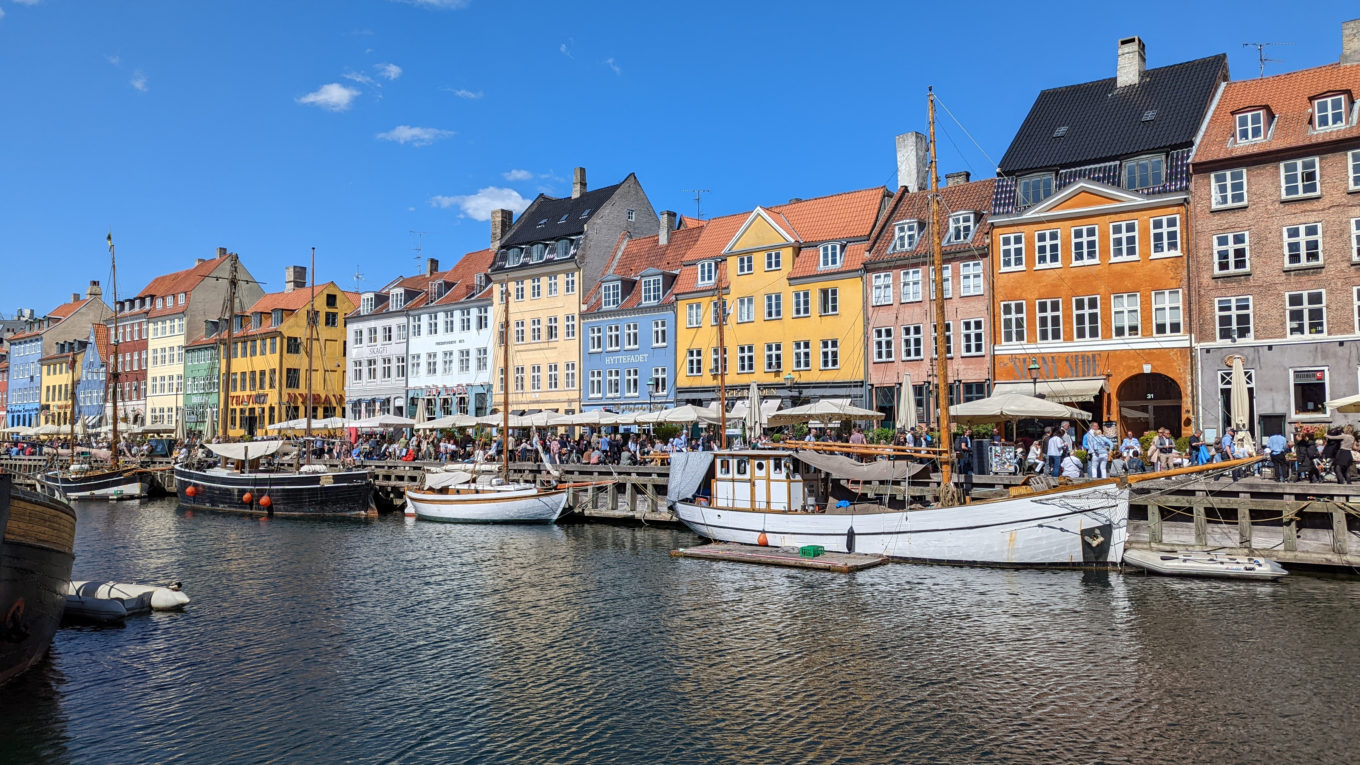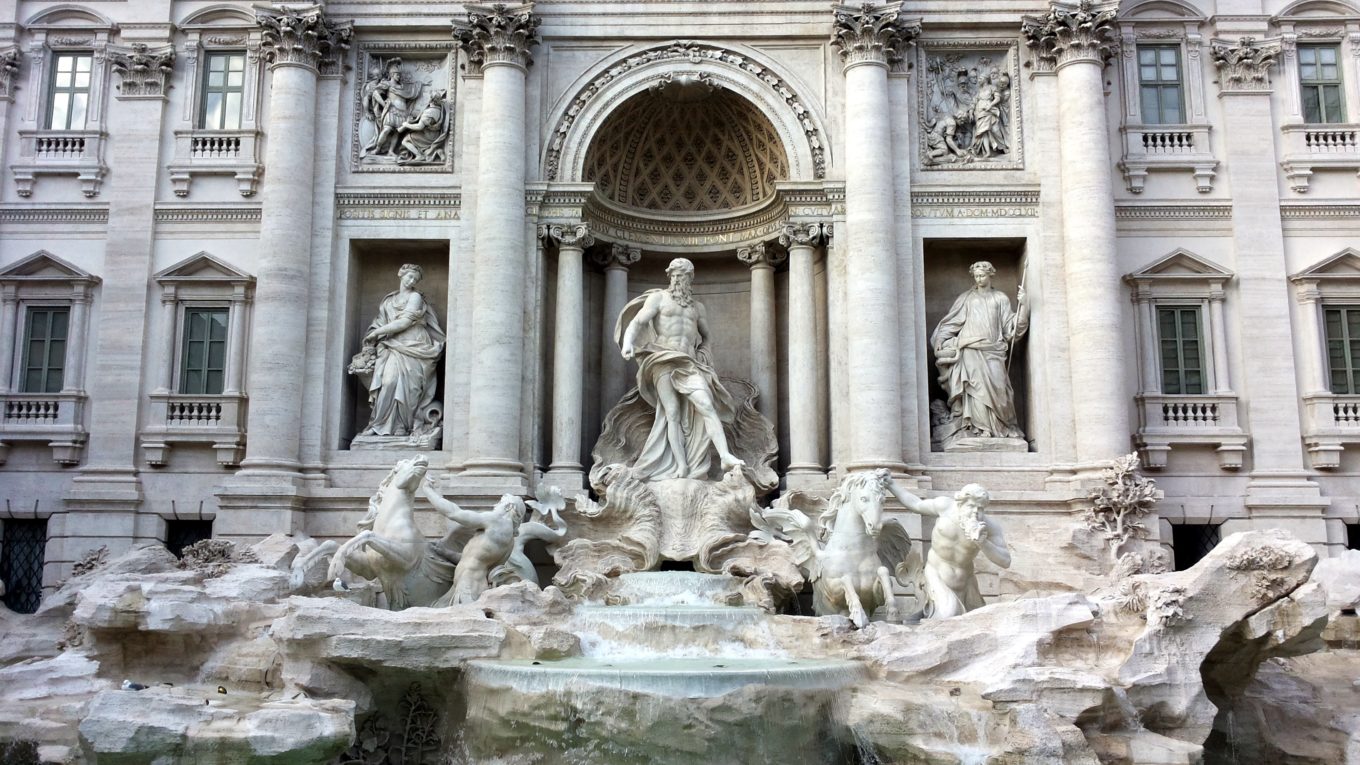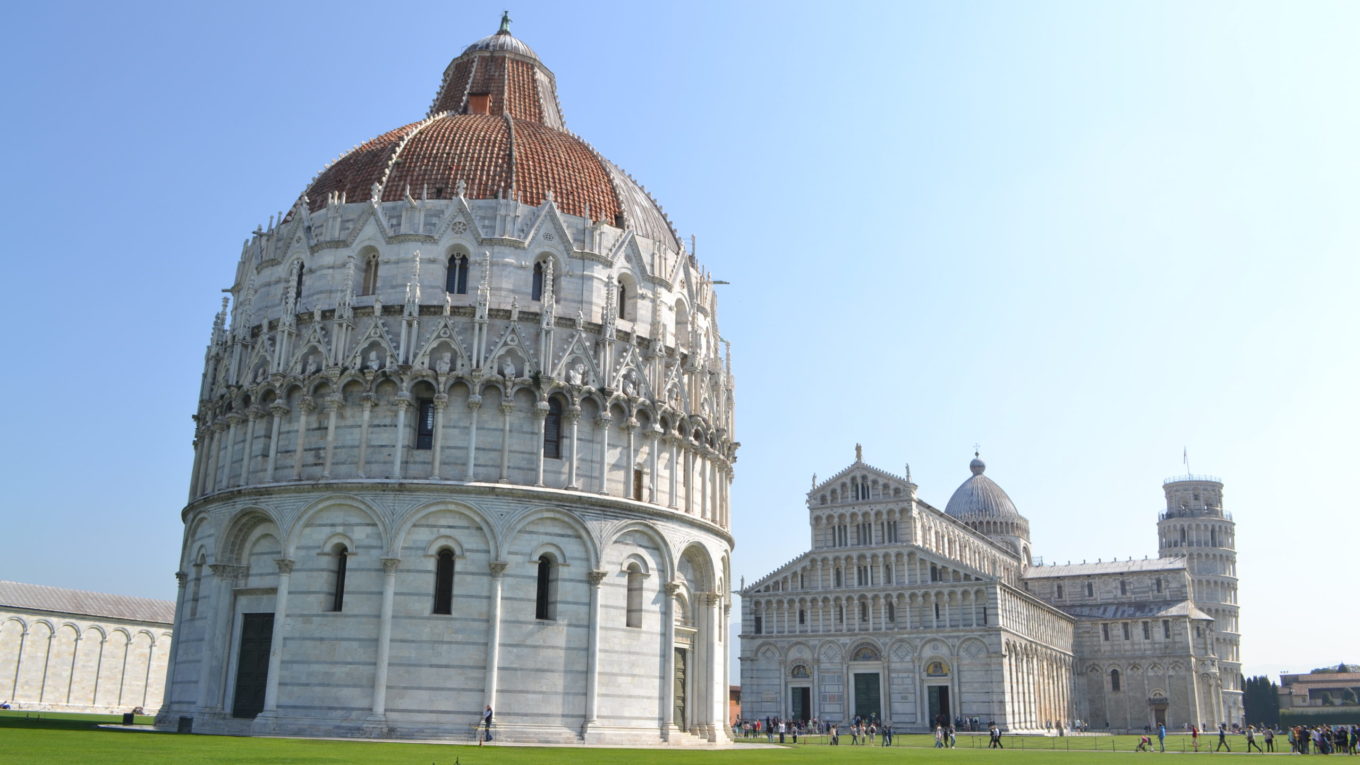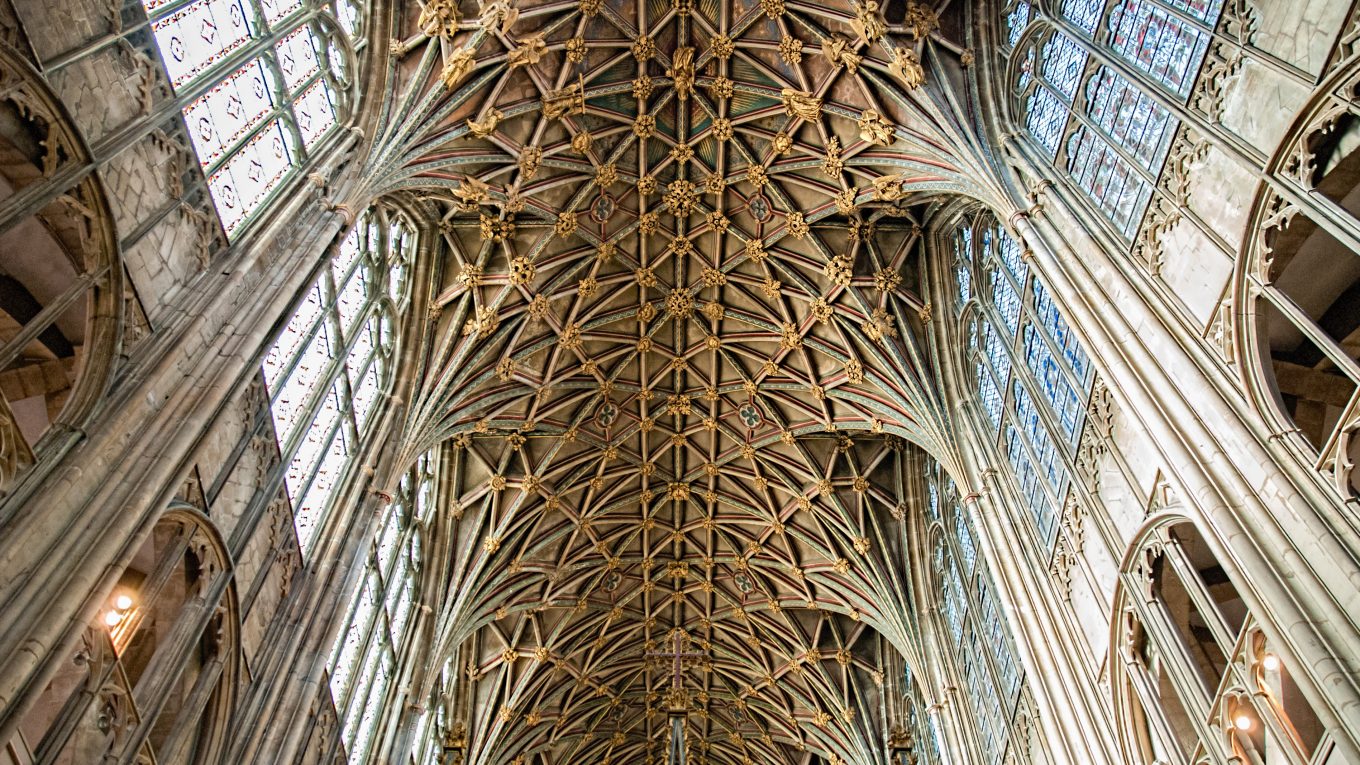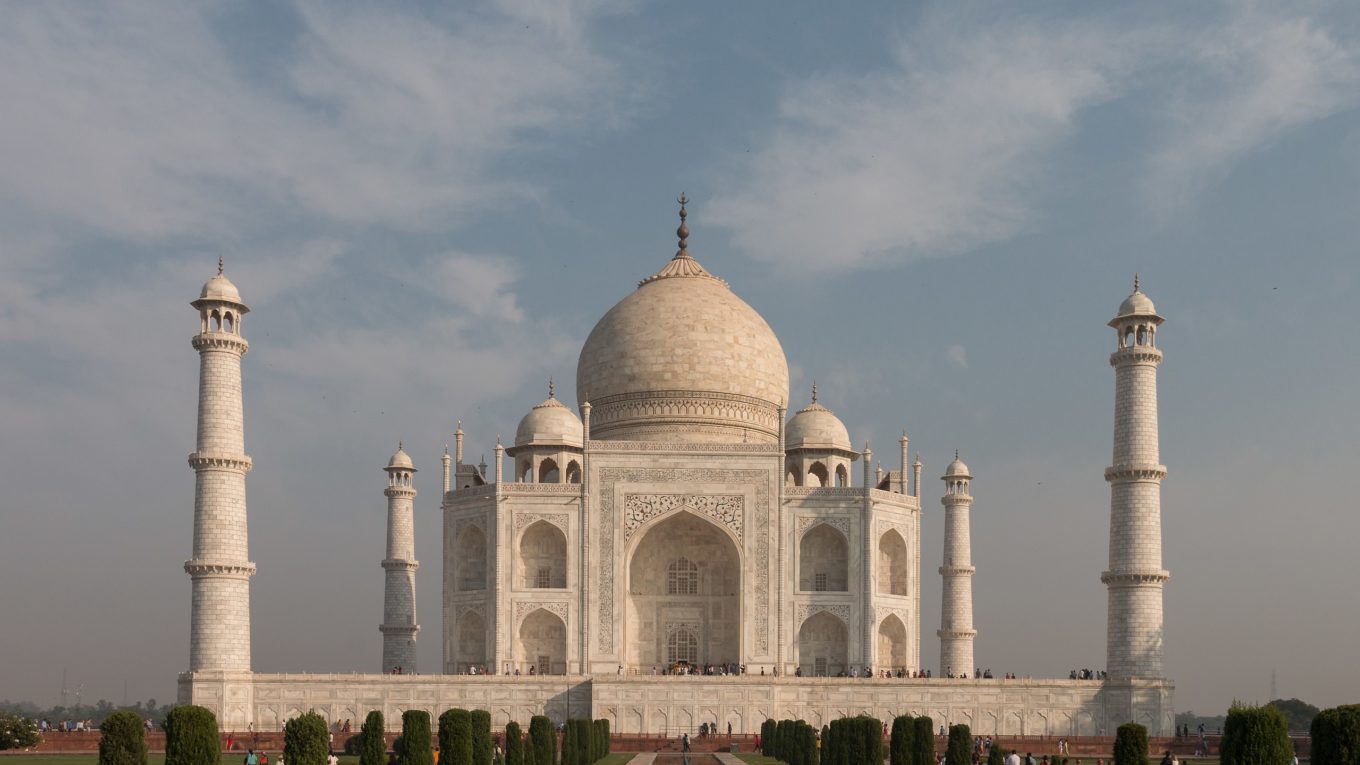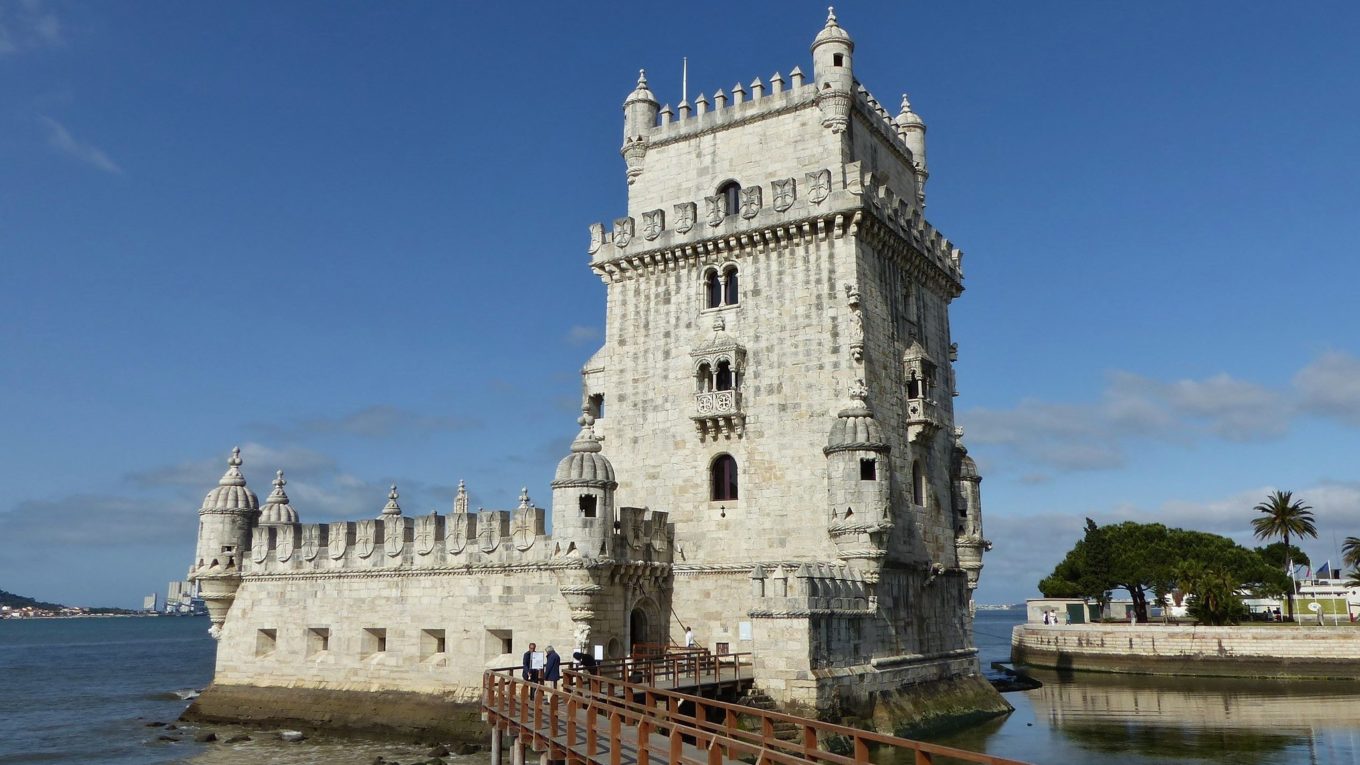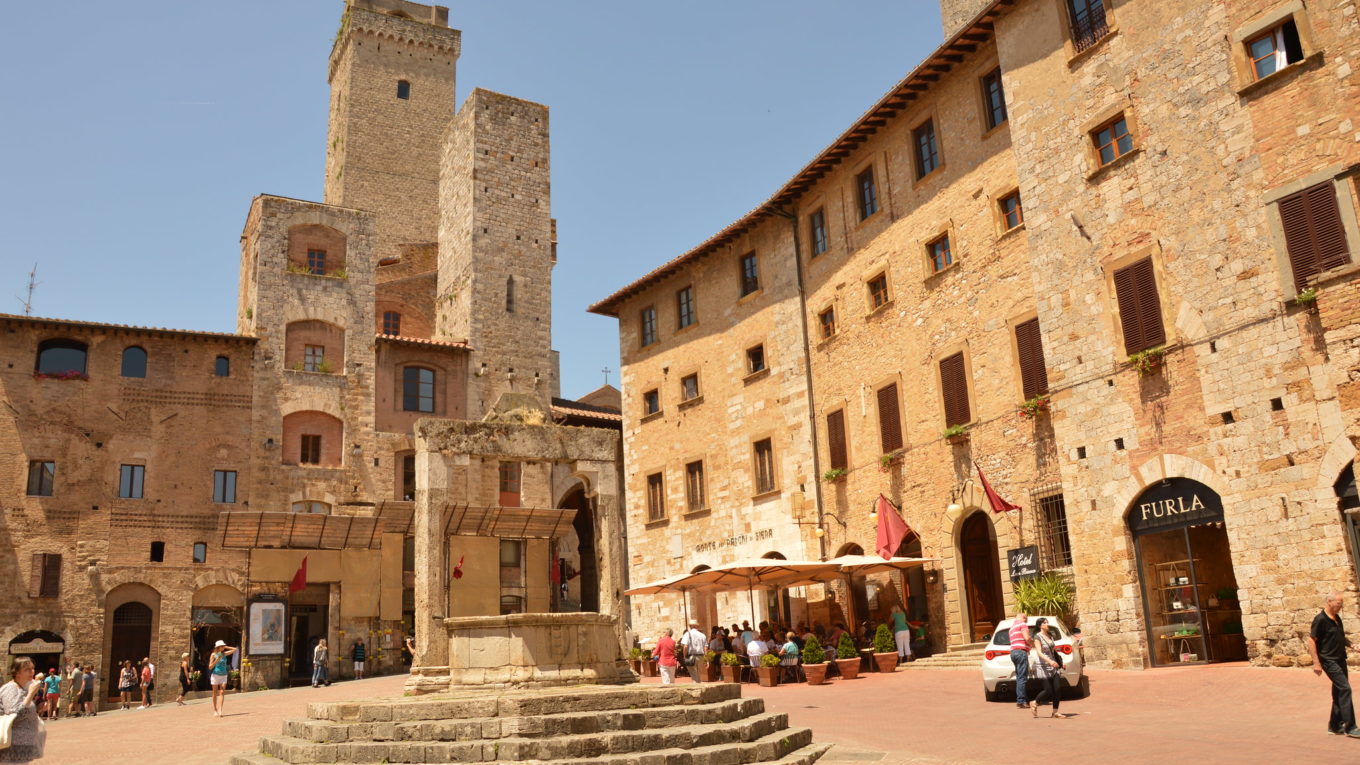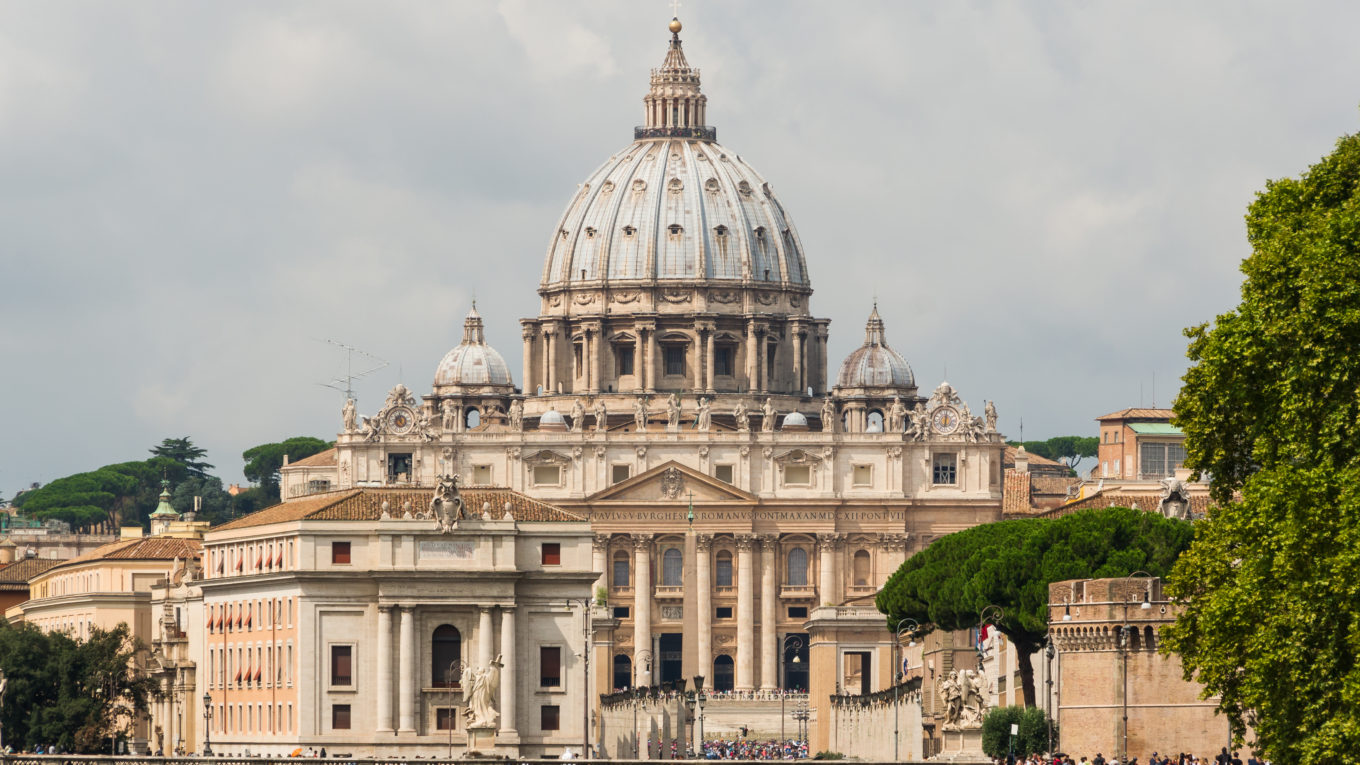Architecture of Copenhagen, Denmark
Copenhagen is a city filled with history and impressive architecture. It’s one of the leading cities in Scandinavia, and it maintains a strong connection with its Viking Roots. Copenhagen has been the seat of the Kingdom of Denmark for over 600 years, and many different Danish Kings commissioned impressive structures throughout the city. Copenhagen contains a blend of Renaissance, Baroque, Rococo, and Neoclassical architecture, along with an abundance of new contemporary buildings. It’s a city with a strong past and a bright future, and anyone visiting Copenhagen is sure to be inspired by its historic buildings, its inviting people, and its laid-back Scandinavian Culture.
Read More